What Is Slow Travel? A Beginner’s Guide to Traveling With Heart
In a world that often urges the next destination, the next photo, the next adventure, slow travel offers something different—a chance to breathe, to connect, to be present. This Slow Travel guide, based on experiences by members of our team and fellow travelers, reveals slow travel as a way to journey with intention, resonating more deeply than ticking off checklists ever could.
A Journey From Hustle to Presence
Many people begin traveling believing that success is measured by how many landmarks can fit into a week. Temples, markets, museums—each competing for attention. It’s exciting, vibrant, but often leaves a trail of exhaustion. What often remains is not the vivid memory of place, but the blurring between one destination and the next.
Transforming that pace begins through moments where observation and patience replace haste. During time spent as travel writers, curators, and simply curious visitors, a pattern emerged: landscapes look different when light shifts slowly; stories behind art or everyday rituals unfold more richly when asked with openness.
A Lesson in Slowing Down
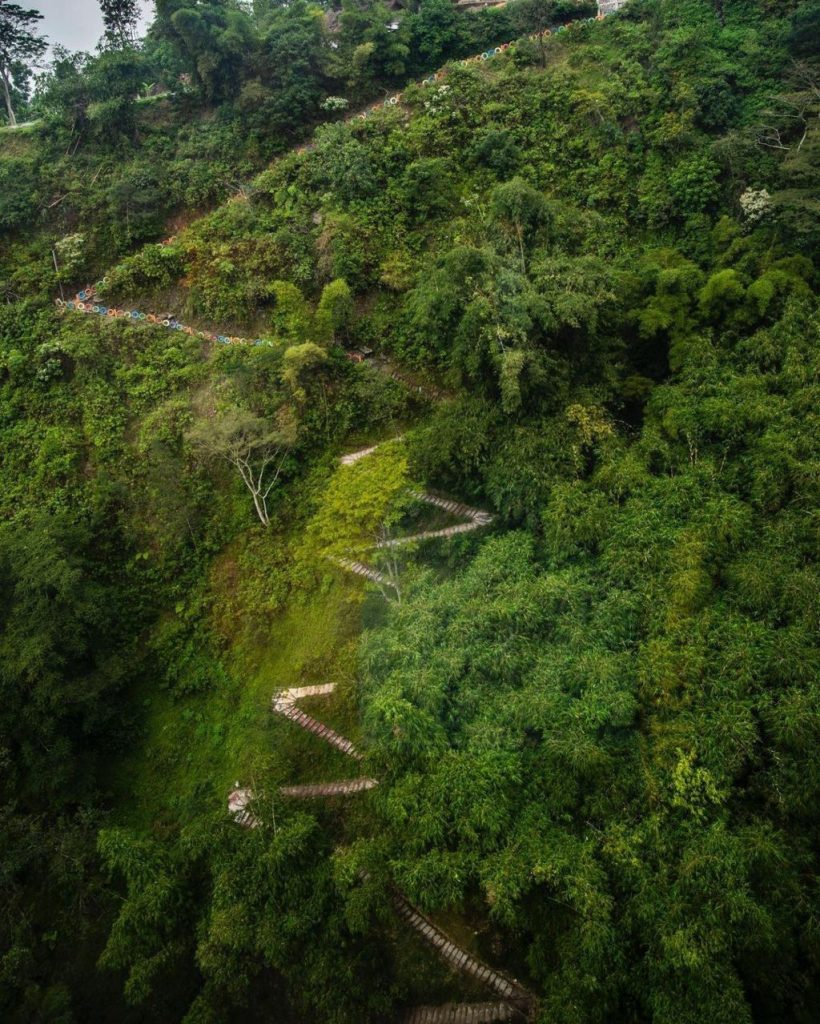
(credit: liburanyuk.co.id)
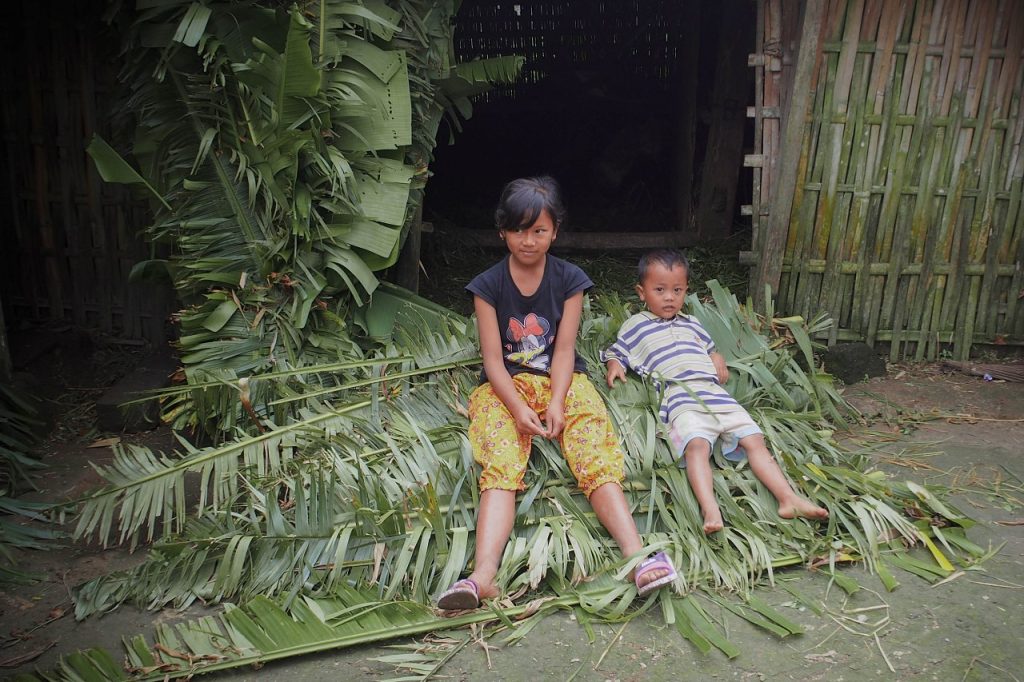
(credit: insanwisata.com)
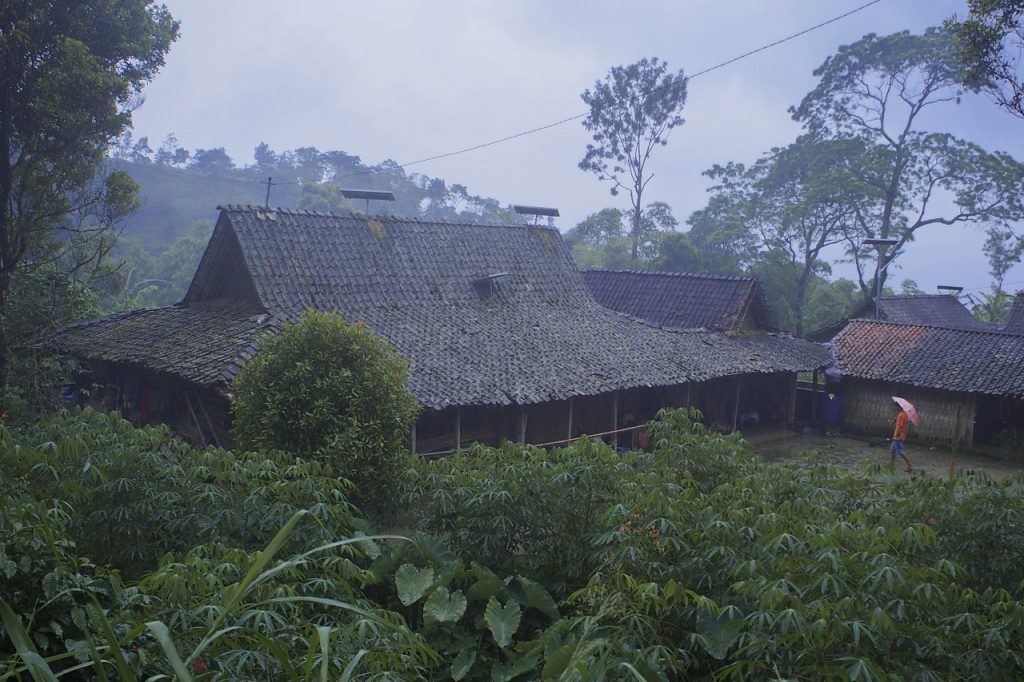
(credit: insanwisata.com)
One such moment took place in Gir Pasang, a remote village near Merapi, Central Java, Indonesia. Access once meant a steep descent into valleys, narrow paths, and modest homes. Many dwellings operated without full electricity or reliable phone signal, relying on solar donations or basic infrastructure. Evenings looked simple: coffee shared by lamplight, conversations woven with cricketsong, stargazing under skies unpolluted by city glow.
What began as what was meant to be a short visit stretched into a week. The communal divan took the place of separate rooms. The rhythms of sunrise, harvest, dinner, and dawn wove together. Familiarity grew—not through planning, but through presence. That stretch of time revealed a profound lesson: sometimes what matters most isn’t how far one goes, but how deeply one stays.
So, What Is Slow Travel?
Slow travel isn’t about visiting every landmark or racing through itineraries. It’s an invitation to dwell in places. To balance iconic sites with authentic local experiences. To let curiosity, rather than schedules, guide the path.
It means:
- Staying longer in fewer places
- Balancing popular attractions with authentic local experiences
- Letting curiosity guide your steps, not a strict itinerary
It honors both the destination and the traveler, letting each shape the other.
Why Slow Travel Resonates
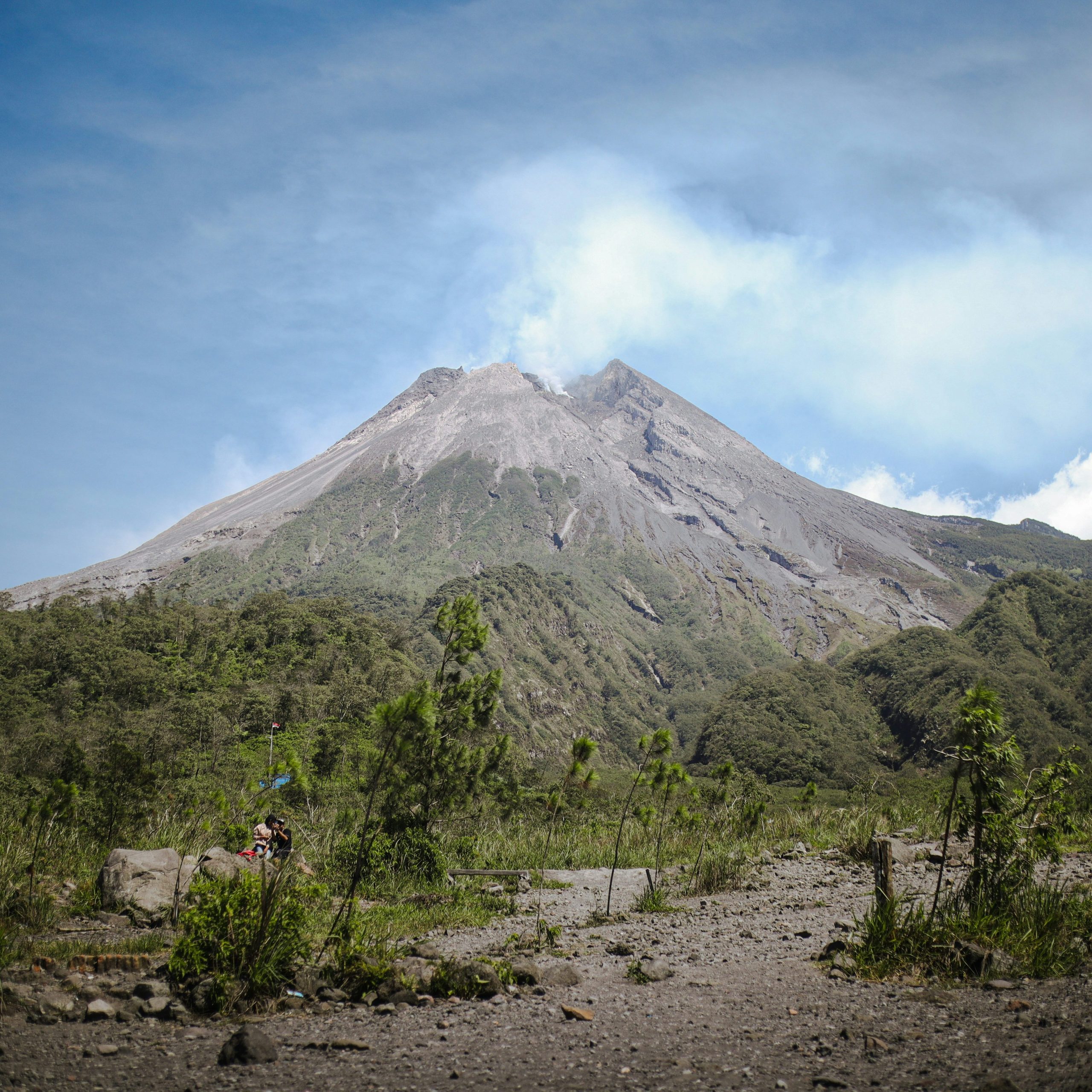
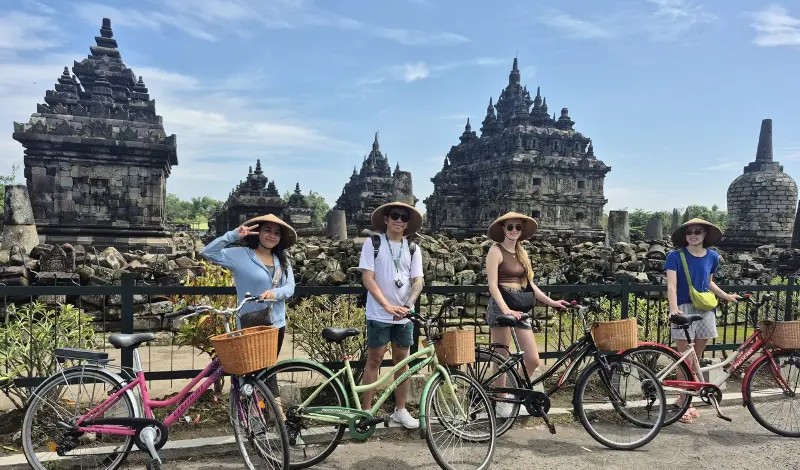
1. Deeper Connection
When you stay a little longer, the world softens. Strangers become neighbors. Rituals become familiar. You start noticing small, beautiful things: the way the street dog naps by the local shop every afternoon, how the mountains glow blue at dusk, and how local people near Merapi mountain in Central Java, Indonesia, can read the subtle signs of the volcano—knowing when it coughs harmlessly or when it might erupt with deadly pyroclastic flows, interpreting the smoke’s shape, the tremors, and even animal behaviors.
2. Less Waste, More Meaning
By taking fewer flights and using local transport, we’ve found not just a lower carbon footprint — but a higher appreciation for the journey itself. Trains, bicycles, or even slow walks through dusty roads offer stories that airports never will. Of course, backpacking isn’t for everyone—many travelers prefer comfort and luxury, but even then, embracing a slower pace can enrich the experience.
3. Space to Grow
For one of our team members, this became clear in the Netherlands, where a community gathering was organized to remove invasive plants from a meadow. The simple act of pulling weeds alongside locals eventually allowed wildflowers to bloom again, transforming the space into a sea of color. Layers of community, nature, and care unfolded in ways that carried meaning. Such moments often invite reflection, change, or simply gratitude in unexpected places.
How to Embrace Slow Travel (Even Small Steps Count)
You don’t have to turn your life upside down. Slow travel can begin with simple choices:
- Consider staying in locally owned guesthouses or in hotels that offer eco-friendly accommodations and a close connection to nature.
- Spend three nights instead of one.
- Visit a small art space or local market, and take your time.
- Talk to people. Ask questions. Listen to their stories.
- Eat where the locals eat, even if the menu is handwritten on a napkin.
- Let go of the need to see everything — and trust that what you do see will be enough.
Where to Try Slow Travel First?
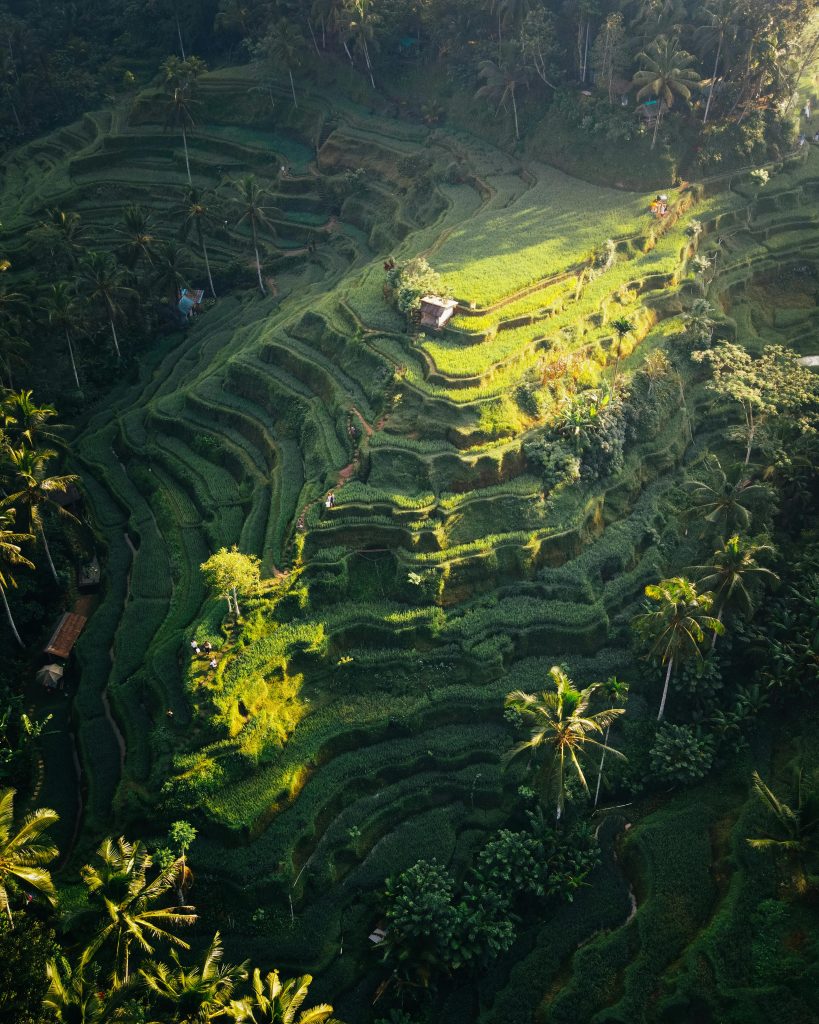
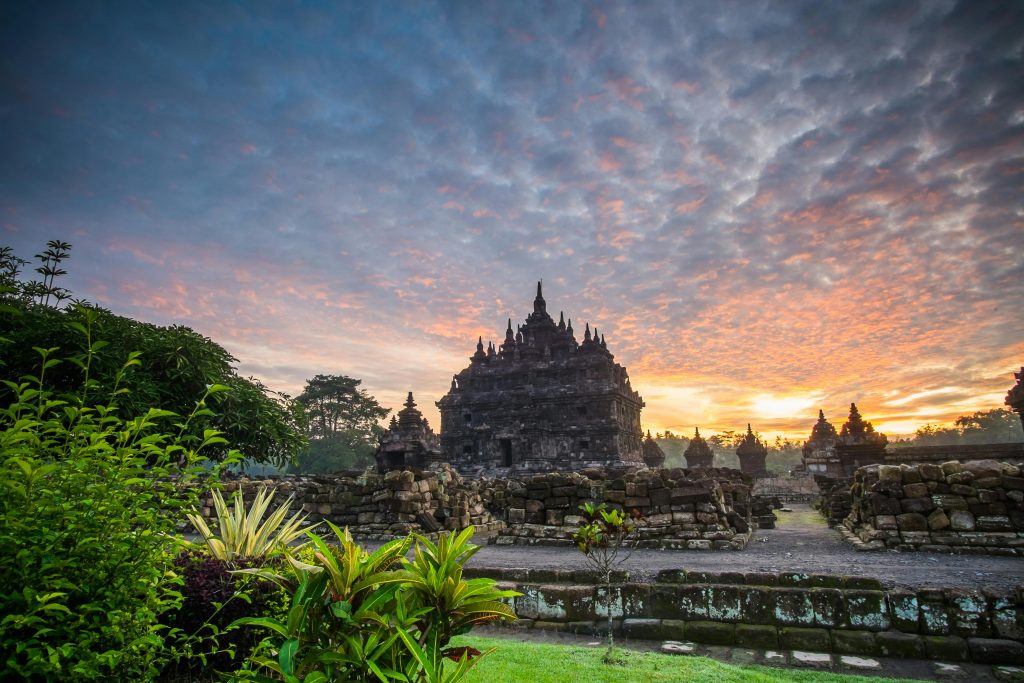
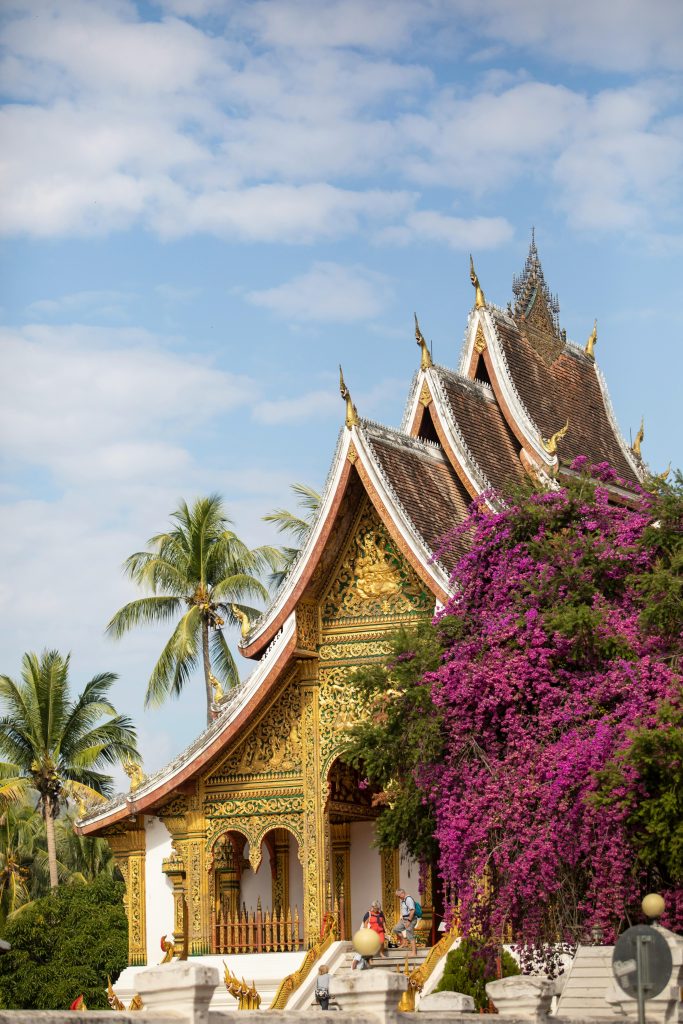
Some places seem to whisper, “Take your time.” These are a few we’ve personally fallen for:
- Ubud, Bali, Indonesia– Not just yoga and rice fields. Stay longer, and the creative pulse reveals itself through local art studios, quiet backstreets, and hidden waterfalls.
- Yogyakarta, Indonesia – Beyond Borobudur, there’s a rhythm of life tied to tradition, food, and artistic expression. It’s a place that rewards those who stay still long enough to feel it.
- Luang Prabang, Laos – We once lost track of time here, sipping coffee by the Mekong and learning to do nothing — beautifully.
- Chiang Mai, Thailand – A gentle gateway into slow exploration, filled with handicraft villages, peaceful temples, and night markets where time feels elastic.
Final Reflection
Grand landmarks will always have their appeal. But some of the richest travel memories come in pauses: the quiet ritual, the unexpected friendship, the sunrise that unfolds gradually.
Slow travel is not about missing out — it’s about choosing what to hold close.
And maybe, just maybe, it’s about being changed by a place, instead of just passing through it.
So if you’ve ever felt tired of rushing, or if you’ve ever wished a trip could mean more — try slowing down. You might just find that the world opens up in ways you never expected.

Terimakasih untuk sharingnya, sangat menginspirasi !
Terimakasih untuk apresiasinya!